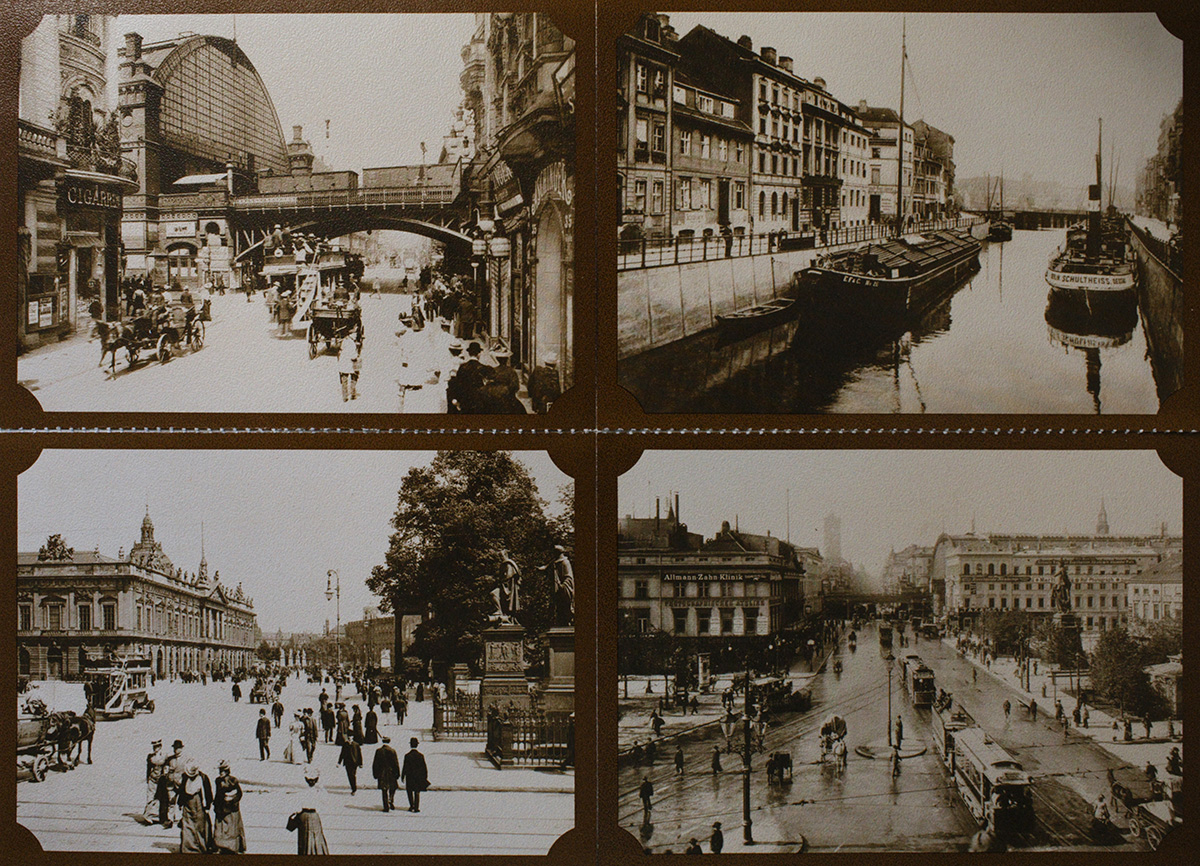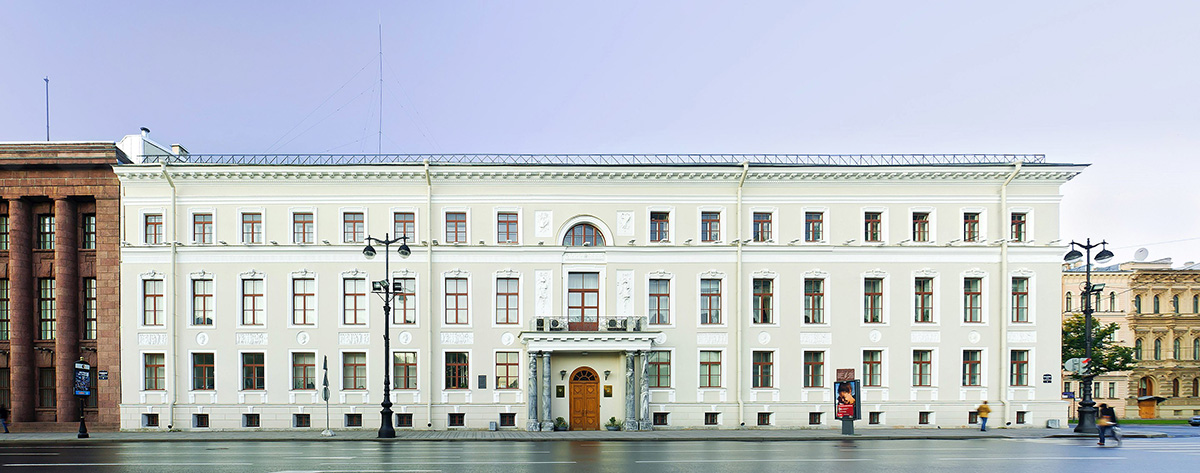Chapter 3 – Artistic Research
It is impossible for me to keep my searching to archives only. From the archive I move back into a physical experience of looking in the world. This movement from archive to experience beats out the rhythm of my artistic inquiry.

I am in Berlin, where my great grandmother Tzilia studied music at Stern Conservatory in 1908-1911, a fact of her biography I discovered nearly accidentally when surfing the web. She stayed with her brother Jssidor who was here in exile from the tsarist Russia. In Berlin’s address books I find their address and visit the building. In a nearby bookshop I find postcards of the 1900s Berlin and imagine what was it like back then walking the streets. I learn about the Weißensee Cemetery, the largest intact Jewish cemetery in Europe. The Jewish Community of Berlin holds the full record of burials and finds Jssidor Blumenfeld in their database. Not knowing what to expect a hundred years since his death, I set off with the map of the plot on my phone. I get to seemingly the right row but cannot see Jssidor’s name. Some of the matzevas are broken, hardly visible or not at all. After some further wonderings, I make an educated guess about the exact location of Jssidor’s matzeva and there it is – a horizontal granite stone that I dig out from under the soil, leaves and tweaks.

My relationship with history gets more personal with each discovery–which is simultaneously a finding and an encounter with loss. Ruptures and continuities become more and more palpable. I don’t always understand what am I looking for, why am I finding what I am finding, how is it all connected and what does it all mean.
When I start off with the search, I don’t know what becomes central. A no place becomes a central place, a microcosm of a bigger story. In St Petersburg I discover a building with a deep 300-year history – an aristocratic mansion, a literary salon, an avant-guard museum-residence under the guidance of Malevich – the first contemporary art museum in the world, communal flats where four generations of my Katznelsons lived, and now a procurator’s office.

The authors Aarons and Berger write that “memory is not the thing itself, but rather an aftertaste of the event, undercurrents, and impressions that one can only imagine from afar, a flashing series of isolated images.’
I ask myself ‘where does memory end and fantasy begin’?
This time I am in Belarus. One of my family names is Gorelik, a common name originated in the small town of Parichi in Belarus. In the nearby town’s Jewish cemetery I discover a Gorelik matzeva. Maybe we are related, maybe we are not. This ambiguous space between imagination and facts is very much the substance of my research. Knowledge and certainty is not the only aspect of the search process. The artist’s role is to produce para-knowledge that sits beside knowledge. This is not a finished work, it is an attempt to show what it is like to be searching. The hands are mine, the person behind the camera is Jason Francisco.
Artistic research takes different forms, and I know no formula for how it should be, but for me, the mix of specificity and ambiguity forms the volatile conditions within which artistic searching becomes live.